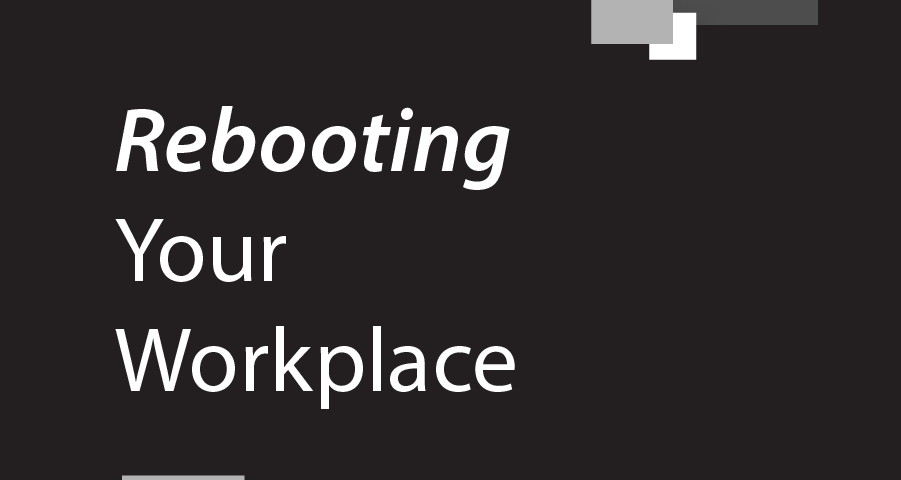Rebooting Your Workplace

Unscrambling COVID-19 Legislation
April 13, 2020
The Core Values Behind Next Level Solutions
May 7, 2020- If you were fortunate to receive a Paycheck Protection Program (PPP) loan, you need to consider whether you bring back all of your employees at once or start with “essential” employees and then bring support staff back as business rebuilds. Do you bring them back full-time or part-time?
- At the same time, you need to monitor your employee head count (called Full-Time Equivalent or FTE) and costs so that you qualify for PPP loan forgiveness which requires that 75% of the loan is used for direct payroll costs and that FTE is maintained at pre-pandemic It’s important to calculate your FTE correctly (for example, two part-time employees equal one FTE) so that you know how this will be measured for loan forgiveness.
- Employees returning to work are eligible for paid leave under provisions of the Families First Coronavirus Response Act (FFCRA). You must post the Department of Labor FFCRA poster in your workplace, provide it to employees working from home, and explain to employees how to request paid leave for COVID-19 related reasons. The FFCRA allows employers to take tax credits for FFCRA paid leave used by their employees.
- If practical, employees who are able to work from home should be allowed to continue doing so in order to reduce the number of people in the workplace. This includes people with childcare responsibilities and people who have underlying health conditions that put them at high-risk for coronavirus.
- Be flexible about work schedules. Consider staggering work hours or days so that fewer people are in the workplace at the same time.
- Continue to conduct meetings via telephone or interactive video conferences to reduce face-to-face interaction between employees, clients and vendors.
- Increase physical space between work stations whenever possible. Close communal areas such as break rooms or meeting rooms, or limit the number of people permitted in these spaces to allow social distancing.
- Have the workplace thoroughly cleaned and sanitized on a daily basis. Provide hand sanitizers or hand-washing stations for everyone, and face masks for positions requiring interaction with the public. Follow government regulations and mandates concerning business activities; these may vary depending upon the nature of your business.
- Employers may conduct health-screenings for employees and others who enter the workplace. Prepare a standardized checklist that will be used for these screenings.
- Encourage employees who are sick or who have been exposed to coronavirus-type symptoms to stay home. Be flexible with sick leave policies, for example giving advances on leave allowances or relaxing punitive leave policies (i.e., too many absences results in performance measures).


